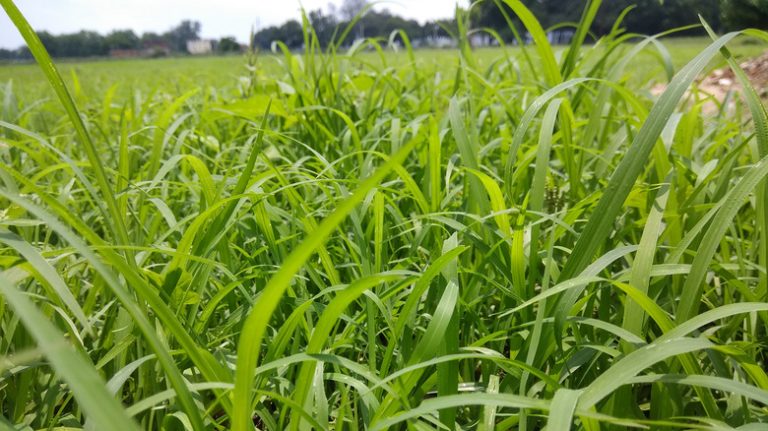Unless avid landscapers, many people don’t know the type of grass that makes up their lawns. This means that they don’t know the technicalities of caring for their grass. Like any other plant, different grasses require different care. For instance, they need specific amounts of water and sunlight and thrive when groomed to different lengths.
There are five common species of grasses growing in yards across the United States: fescues, bluegrass, ryegrass, Zoysia, and St. Augustine. Each species falls under one of two categories; warm or cool-season grasses. While warm-season grasses do well with a shorter cut, cool-season grasses should be kept taller.
Your lawn is more than likely comprised of one or more of these grasses, but they aren’t the only possibilities. There are dozens of grass species throughout different parts of the country. Identifying your lawn type is the first step to ensuring that you’re manicuring it properly.
Determining your lawn type

From afar, it may be difficult to identify the difference between types of grasses. However, closely examining your grass and its individual blade characteristics will help determine your lawn type.
Usually found in the northern half of the United States, common cool-season grasses are fescues, bluegrass, and ryegrass. Fescues have wide, dark green blades and can be tall or fine. Both Kentucky and Rough bluegrass are characterized by their v-shaped leaves, while ryegrass has shiny, bright green, and narrow leaves.
Warm-season grasses like Bermuda, St. Augustine, and Zoysia typically grow in the southern half of the country and predominantly in the southeastern portion. Bermuda grass can be identified by its above-ground roots and the hairy texture on its leaves. Also easily identifiable by its texture, St. Augustine grass is comprised of rough, thick, dark green blades. Zoysia, on the other hand, has light green hues with smooth blades.
Individualize your cut

Once you know the grass type that occupies your lawn, you can easily figure out how short to cut your lawn and why. If your yard is made up of warm-season grasses (Bermuda, St. Augustine, and Zoysia), it’s safe to utilize a shorter cut of 2 to 3 inches. This is because these species are built to withstand higher temperatures found in the dry and humid portions of the country. Meanwhile, cool-season grasses (fescue, bluegrass, and ryegrass) should be kept taller at 3 to 4 inches. Because they grow best in cooler environments, shade from the tall blades will ensure that the root system is less vulnerable to excess heat.
Regardless of the species, it’s important to never cut your lawn too short. It stresses and thins the grass, shallows the root system, and makes your lawn more susceptible to heat damage. Less shade from tall blades of grass also promotes the growth of pesky weeds like crabgrass and foxtail, which thrive in sun-soaked conditions.




